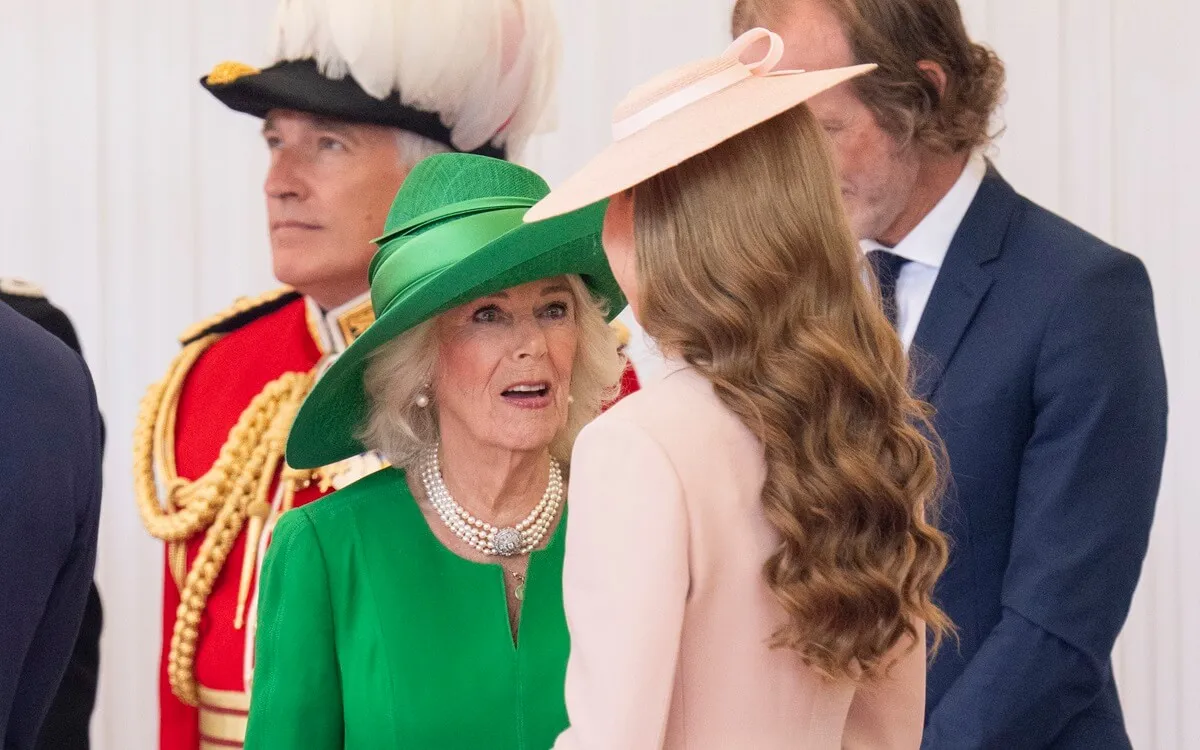Joni Mitchell’s Difficult Decision to Give Her Daughter Up For Adoption Inspired Her Famous Album ‘Blue’
One of the most iconic celebrity singers to come out of the ’60s is legendary folk artist Joni Mitchell. Her octave-jumping chants and heartfelt emotional lyrics tug at the heartstrings of a generation.
The 1971 album Blue is not only one of her most successful studio albums but is almost one of her most honest collection of intimate songs.
At a young age, Mitchell found herself unwed, pregnant, and ashamed. Her decision to place her daughter up for adoption haunted her for a lifetime and became the catalyst for creating Blue.
A legendary career

Mitchell has enjoyed a remarkable career that has spanned more than five decades. She became an emerging artist in the early ’60s, blasting into popularity with the release of her first album, Song to a Seagull.
The singer-songwriter from Canada moved to Southern California and began putting out music that spanned pop, folk, jazz, and rock genres. She built meaningful relationships with fellow musicians including, David Crosby, Graham Nash, Leonard Cohen, and James Taylor. Those romantic involvements and entanglements later became a source of inspiration for her music.
Mitchell was inducted into the Rock and Roll of Fame, and the album Blue was ranked third on Rolling Stone’s list of the “500 Greatest Albums of All Time.” She has received 16 Grammy nominations, winning eight, and in 2002 was awarded the Lifetime Achievement Award.
The brutally honest songstress has released 19 studio albums throughout her career, with Shine being the most recently released in 2007. Blue is one of her most successful albums, selling more than one million copies worldwide, earning Platinum status in the United States.
Joni Mitchell’s difficult decision
In 1965, while working on building her musical career, Mitchell became pregnant. She wasn’t married, and the father was not part of her life. During that time, single mothers were shunned and looked down upon by society.
She explained to the Los Angeles Times: “The scandal was so intense. A daughter could do nothing more disgraceful. It ruined you in a social sense. You have no idea what the stigma was. It was like you murdered somebody.”
Mitchell did what she thought was best and made the difficult decision to place her daughter up for adoption. At 21 years of age, she felt she had no way of providing for herself, let alone a child. That life-changing experience has haunted her and is reflected in her emotionally raw music.
The legendary artist grappled with the fact that soon after making that decision, she started making money and was in a better place financially. She withdrew for a while from her emerging career, saddened by her decision to choose adoption. Mitchell began to look inward and ultimately wrote Blue.
She explained that the album helped her discover who she really was and evolve into who she was destined to become.
A song that reflects her immense sadness
The iconic song “Little Green” is a single on the Blue album that reflects her sense of loss and immense sorrow. The melancholy tune talks of her choice to give her child up for adoption. Her unique storytelling ability blends perfectly with her sense of imagery and startling lyrics.
Mitchell wanted nothing more than to give her daughter a better life. In the end, after overcoming 32 years of immeasurable grief, she was able to reconnect with her child. In 1997, the two met for the first time and now share a somewhat rocky mother-daughter relationship.
As her life continues to unfold, she has battled sadness, loss, and betrayal. Fighting crippling health issues has left her weak and no longer performing. In 2020, old-time friend James Taylor said, “She’s coming back – which is an amazing thing to be able to do – and I wonder what she has to tell us about that.”


